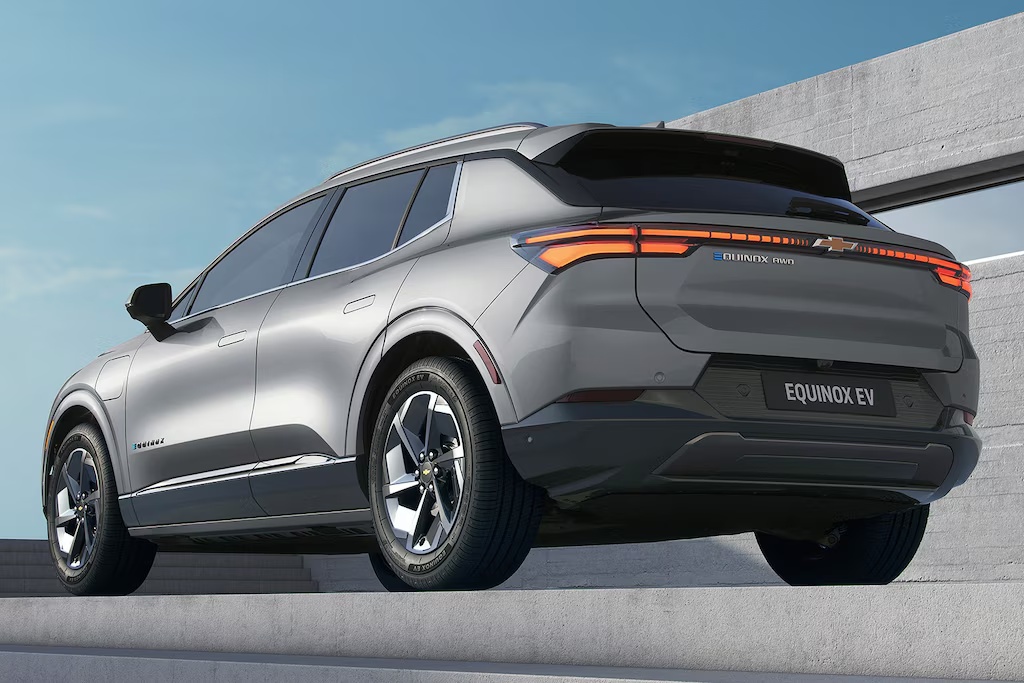In the rapidly evolving world of electric vehicles (EVs), one technology is poised to make a significant impact: sodium-ion batteries. As we enter 2024, the spotlight is on how these batteries could dramatically change the EV charging landscape. According to Bloomberg Green, sodium-ion batteries present a cheaper and more sustainable alternative to the lithium-ion batteries that currently dominate the market. In this article, we’ll explore the potential of sodium-ion batteries, their advantages, and how they could revolutionize EV charging.
The Rise of Sodium-Ion Batteries
Understanding Sodium-Ion Technology
Sodium-ion batteries have emerged as a promising alternative to traditional lithium-ion batteries, primarily due to their cost-effectiveness and abundance. Unlike lithium, sodium is widely available and significantly cheaper. According to PV Magazine, sodium makes up 2.6% of the Earth’s crust, compared to lithium’s 0.006%, making it a more accessible resource.
- Abundance: Sodium is found in large quantities in seawater and the Earth’s crust.
- Cost-effectiveness: Lower extraction and processing costs compared to lithium.
- Sustainability: Less environmental impact due to more straightforward extraction processes.
Advantages Over Lithium-Ion Batteries
Sodium-ion batteries are not just a cost-effective solution; they also offer several technical advantages over lithium-ion batteries. These advantages include:
- Thermal Stability: Sodium-ion batteries are less prone to overheating, reducing the risk of thermal runaway—a common issue with lithium-ion batteries.
-
Fast Charging: They can charge more quickly, reducing the time EVs need to be plugged in.
-
Wide Temperature Range: Operate efficiently in a broader range of temperatures, making them ideal for diverse climates.
MIT Technology Review highlights that these benefits could lead to faster adoption of sodium-ion batteries in the EV sector, especially in regions with varying environmental conditions.
Potential Impact on EV Charging Infrastructure
Simplifying Charging Stations
The integration of sodium-ion batteries could simplify EV charging infrastructure in several ways:
- Cost Reduction: Lower battery costs could lead to cheaper EVs, increasing their accessibility and driving demand for more charging stations.
- Efficiency: Faster charging capabilities could reduce wait times at charging stations, enhancing user convenience.
- Scalability: Easier to scale due to the availability of materials, potentially leading to widespread adoption.
Enhancing Renewable Energy Integration
Sodium-ion batteries could also facilitate better integration with renewable energy sources. According to the International Energy Agency (IEA), these batteries can store energy more efficiently, making them ideal for renewable energy systems:
- Grid Storage: Support grid storage systems by storing excess renewable energy for later use.
- Decentralized Charging: Enable more off-grid charging options powered by solar or wind energy, thus reducing reliance on fossil fuels.
These capabilities align with global efforts to increase reliance on renewable energy, contributing to a more sustainable future.
Practical Considerations for Consumers
How to Charge with Sodium-Ion Technology
As sodium-ion batteries become more prevalent, consumers will need to adapt to new charging practices. Here are some tips:
- Identify Compatible Chargers: Ensure your EV model is compatible with sodium-ion chargers, as they may differ from existing lithium-ion systems.
- Monitor Charging Times: Take advantage of faster charging times by planning shorter stops at charging stations.
Where to Buy Sodium-Ion Powered EVs
With companies like BYD and Hyundai exploring sodium-ion technology, consumers can expect to see these vehicles on the market soon. AutoCar reports that the first sodium-ion powered EVs could be available as early as mid-2024. Keep an eye on:
- Emerging Models: Look for announcements from major EV manufacturers about new sodium-ion models.
- Dealerships: Check with local dealerships for availability and pre-order options.
What to Compare: Sodium-Ion vs. Lithium-Ion
Before purchasing an EV with sodium-ion technology, consider the following comparison points:
- Cost: Sodium-ion batteries offer a more budget-friendly option.
- Performance: Evaluate thermal stability and charging speed.
- Environmental Impact: Assess the sustainability of materials and manufacturing processes.
Conclusion: The Future of EV Charging
In summary, sodium-ion batteries hold the potential to revolutionize EV charging by offering a more sustainable, cost-effective, and efficient alternative to lithium-ion technology. As this technology develops, consumers can expect shorter charging times, reduced costs, and a more environmentally friendly option for their electric vehicles.
Are you ready to make the switch to sodium-ion powered EVs? Share your thoughts in the comments below and stay tuned for more updates on this exciting development in clean energy technology. As we move into 2024, this innovation promises to drive the electric vehicle industry toward a more sustainable and accessible future.

